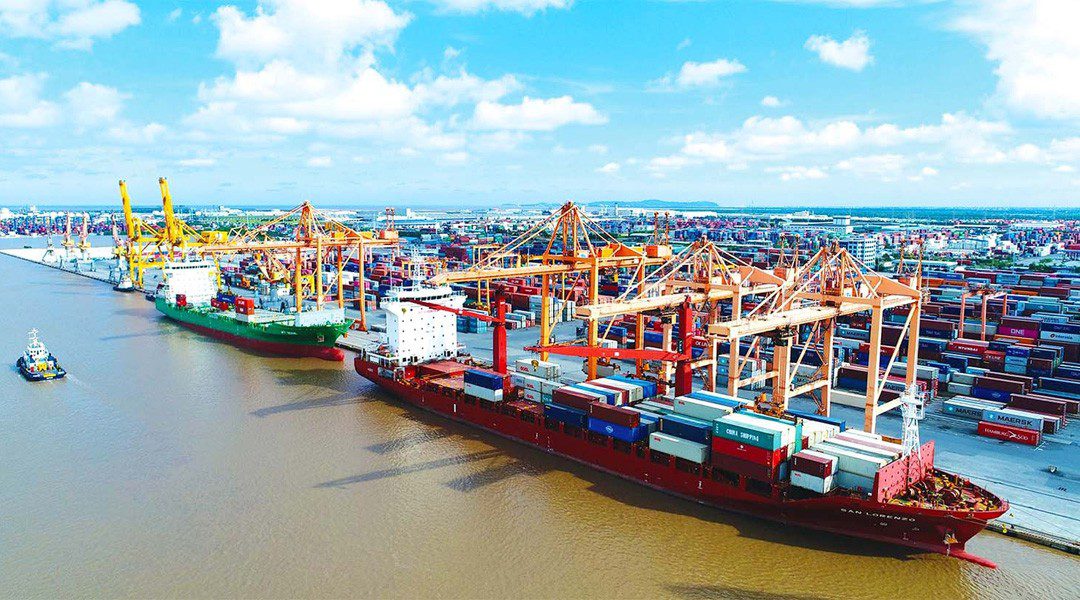While the world is becoming increasingly aware of the importance of gender equality for a sustainable future, latest data by the World Economic Forum show little progress, estimating it will take another 132 years to close the global gender gap. What is the role of business in helping shape a more inclusive and gender-balanced future?
Gender equality: What it is and why it is important
Gender equality at work means promoting opportunities for all genders to enjoy decent work in terms of freedom, equity, security and human dignity. For example, this can be achieved by improving women’s access to education, skills training, and health care. Achieving gender equality at work is a fundamental human right and a key pillar of the UN Sustainable Development Goals (SDG 5 and SDG 8).
Except for this, achieving gender equality at work is important, not only because it is ‘the right thing to do,’ but also because it is economically beneficial. For example, it is proven that empowering women creates social and economic value in the marketplace and the whole community, while enhancing businesses’ reputation and ability to attract talent and retain employees.
Gender equality at work: Key figures
Key barriers to gender equality
Achieving gender equality at work: The role of supply chains
An estimated 80% of global trade passes through supply chains annually, so companies that commit to advancing working conditions in their supply chains can significantly improve the lives of many people. This is why the UN Global Compact has produced a decent work toolkit advising business how to achieve gender equality in supply chains:






